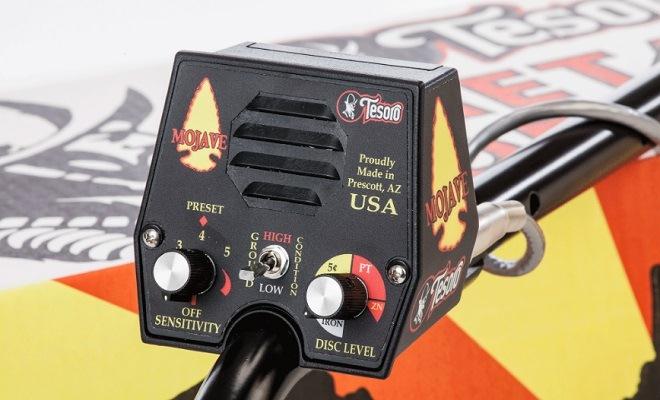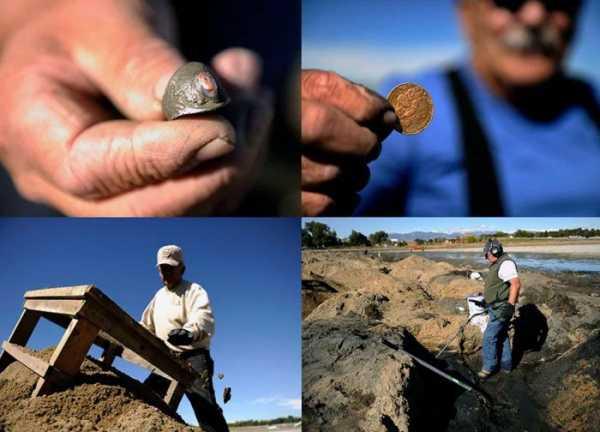best reviews metal detectors for gold
Interesting information about treasure hunters
Happy owners of a new metal detector are often full of enthusiasm and ready to immediately rush into battle. However, the novice treasure hunter immediately has questions about the settings of his device, because it is difficult to understand how and what exactly to set up, and on what depends on the correctsetting of certain parameters. Setting up a metal detector is very subtle and subjective. Most of the settings each user chooses for themselves individually, in accordance with their needs, tasks and features of the search. Their accuracy depends on the experience of the search engine and is achieved through practice and experimentation. In addition, each metal detector has its own specific characteristics, and therefore the general layout of settings for all models does not exist.
An important component of the metal detector setting is its sensitivity, which directly determines the depth of the detection of objects, which most often determines the success of search operations. The higher the sensitivity indicators are set, the deeper the metal detector is able to detect the object. However, maximum values are not always good, as it increases the degree of influence of electrical interference and other foreign signals. Installation of such high parameters justifies itself only in cases of dry low grass and homogeneous soil, as well as in the absence of external stimuli. But such conditions are quite rare, often searches are carried out in heavily littered places where significant noise disturbances are created, so sensitivity has to be reduced, and as a result reduce the depth of detection.
There are general rules for adjusting sensitivity, the first of which is to assess the state of the soil on which the searches are made. For clean and homogeneous land, you can safely set maximum sensitivity, but in areas contaminated with metal debris it is better to put the average value, for example, on the metal detector Minelab X-Terra 305 such indicators - 7-8. The second factor influencing sensitivity is soil mineralization, which is the presence of minerals and salts in the ground. The greater their content in the ground, the higher the mineralization and the greater the effect of interference on the work of the metal detector. Therefore, to reduce interference, sensitivity must be reduced. The same goes for working near power lines, which make it difficult to find.
There are general rules for adjusting sensitivity, the first of which is to assess the state of the soil on which the searches are made. For clean and homogeneous land, you can safely set maximum sensitivity, but in areas contaminated with metal debris it is better to put the average value, for example, on the metal detector Minelab X-Terra 305 such indicators - 7-8. The second factor influencing sensitivity is soil mineralization, which is the presence of minerals and salts in the ground. The greater their content in the ground, the higher the mineralization and the greater the effect of interference on the work of the metal detector. Therefore, to reduce interference, sensitivity must be reduced. The same goes for working near power lines, which make it difficult to find.
The presence in the soil of a large amount of metal debris: corks, wires and other metal objects, make the metal detector ring almost incessantly. But if the treasure hunter considers this place promising, the search can be carried out, reducing sensitivity by 30-40%. In this case, not the least role is played by a metal detector coil, standard mono-coils of small size and “snipers” up to six inches are quite capable of coping with such tasks. High mineralization affects sea beaches, so setting 70% sensitivity value will also be relevant for search in shallow water. By the way, all these rules concern both inexpensive and more solid models of metal detectors.
what does discrimination mean on a metal detector
Very powerful yet simple home made metal detector DIY
Simple metal detector on two chips NE 555
Smartphone Homemade metal detector
Tesoro Tejon vs Garrett ACE 250 discrimination test
Very powerful yet simple home made metal detector DIY
Simple metal detector on two chips NE 555
Smartphone Homemade metal detector
Tesoro Tejon vs Garrett ACE 250 discrimination test
Video how to make a metal detector
Where to look for a metal detector
Where to look with a metal detector
Where to dig with a metal detector by law
Where to find a metal detector
Where to look for a metal detector
Where to find a metal detector
What a metal detector is for
How to choose a metal detector
How to choose a metal detector to search
How to look without a metal detector
How to look for a metal detector
What's the name of the metal detector
How to find gold metal detector
How to find metal detector
How to set up a metal detector
How to set up a metal detector
How to set up a garrett metal detector
How to set up a metal detector x terra 705
How to set up a metal detector garrett
How to set up a metal detector
How to check the metal detector
How to pass a metal detector
How the metal detector works
As a metal detector itself
How to make a metal detector at home
How to make a reel on a metal detector
How to make a metal detector pirate
How to make a metal detector with your hands at home
How to make a powerful metal detector
How to make a simple metal detector
How to make a homemade metal detector
How to assemble a metal detector pirate
Stores where metal detectors are sold
Metal detector for gold how to choose
Metal detector how to choose to search for gold
What to find a metal detector
What they find as a metal detector
What is a metal detector
Where to look for a metal detector
Where to look with a metal detector
Where to dig with a metal detector by law
Where to find a metal detector
Where to look for a metal detector
Where to find a metal detector
What a metal detector is for
How to choose a metal detector
How to choose a metal detector to search
How to look without a metal detector
How to look for a metal detector
What's the name of the metal detector
How to find gold metal detector
How to find metal detector
How to set up a metal detector
How to set up a metal detector
How to set up a garrett metal detector
How to set up a metal detector x terra 705
How to set up a metal detector garrett
How to set up a metal detector
How to check the metal detector
How to pass a metal detector
How the metal detector works
As a metal detector itself
How to make a metal detector at home
How to make a reel on a metal detector
How to make a metal detector pirate
How to make a metal detector with your hands at home
How to make a powerful metal detector
How to make a simple metal detector
How to make a homemade metal detector
How to assemble a metal detector pirate
Stores where metal detectors are sold
Metal detector for gold how to choose
Metal detector how to choose to search for gold
What to find a metal detector
What they find as a metal detector
What is a metal detector
Comments & Responses
Leave a Reply
Your email address will not be published. Required fields are marked *
Comment
Leave a Reply
Your email address will not be published. Required fields are marked *
Comment
Name *
Email *
Website
What is a metal detector and how it works
How the metal detector works and more for beginners
What is a metal detector and how does it work?
How manual and arched metal detector works
Best metal detector for gold
What can be found with a metal detector?
What can be found with a ground metal detector
Options for balancing the ground of metal detectors
What benefits can be brought to treasure hunters of downpours
What can you find with a metal detector?
How to use a metal detector and what to find
What can i find with a metal detector?
Looking for a treasure without a metal detector
Finds that can be made with a metal detector
Is it possible to find a treasure in Estonia and what to do if something valuable has fallen into your hands?
Named places where in the suburbs with a high probability you can find a treasure
What and where can be found with a metal detector?
How the metal detector works and more for beginners
What is a metal detector and how does it work?
How manual and arched metal detector works
Best metal detector for gold
What can be found with a metal detector?
What can be found with a ground metal detector
Options for balancing the ground of metal detectors
What benefits can be brought to treasure hunters of downpours
What can you find with a metal detector?
How to use a metal detector and what to find
What can i find with a metal detector?
Looking for a treasure without a metal detector
Finds that can be made with a metal detector
Is it possible to find a treasure in Estonia and what to do if something valuable has fallen into your hands?
Named places where in the suburbs with a high probability you can find a treasure
What and where can be found with a metal detector?

